Milk protein fiber is mainly based on milk as the raw material, the raw material source is abundant, and because the production process adopts high-tech technology processing, will not cause pollution to the environment, so milk protein fiber is known as the 21st century green fiber.
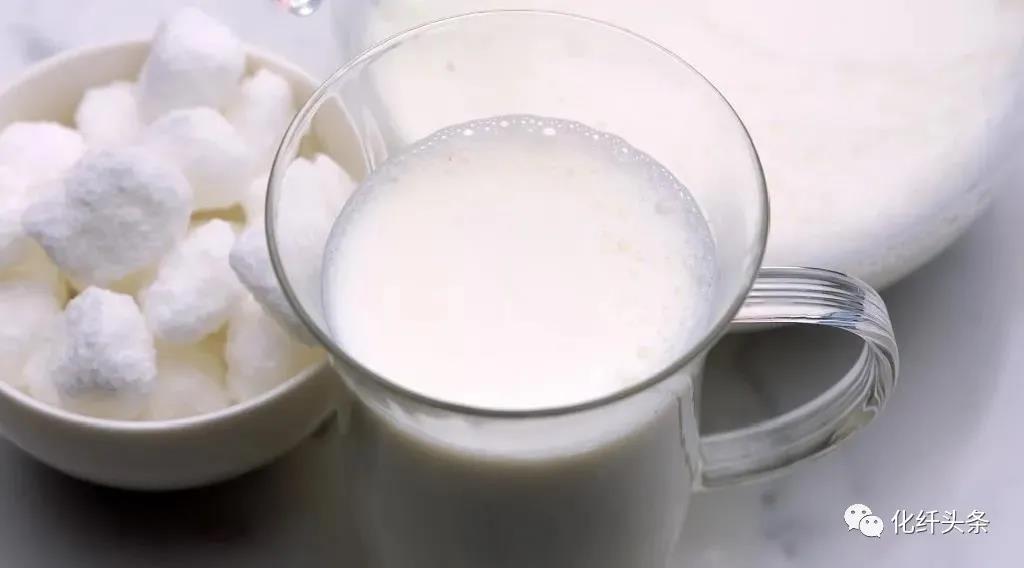
What is milk fiber?
Milk fiber takes cow's milk as the basic raw material, after dehydration, degreasing, defatting, separating and purifying, it becomes a kind of casein with linear macromolecular structure; then it is blended, cross-linked and grafted with polyacrylonitrile by high-tech means to prepare the spinning liquid; then it is made by wet spinning, curing, drawing, drying, curling, shaping and short fiber cutting (filament winding). It is a new type of animal protein fiber different from natural fibers, recycled fibers and synthetic fibers, people also call it "milk silk", "milk fiber".
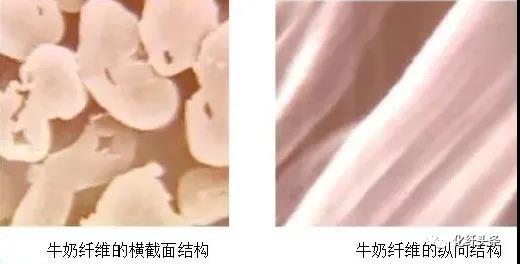
The morphological structure of milk fiber
The cross-sectional and longitudinal surface morphology of milk fiber is shown in the figure below by electron microscope. The cross-section of the fiber is flat, dumbbell-shaped or rounded, and is a heterogeneous fiber, and there are tiny micro-pores in the cross-section, and these tiny micro-pores have a great influence on the moisture absorption and air permeability of the fiber.
The longitudinal surface of the fiber is not smooth, there are irregular grooves and island-like bump, these grooves and bump are formed during the spinning process, due to the surface of the fiber dehydration, orientation faster, their existence is the main reason for the fiber has good moisture conductivity, excellent moisture absorption and moisture release properties, also has an important impact on the fiber finish and stiffness.
The incomplete smoothness of fiber surface and some micro abrupt changes can change the complete drawing, reflection, refraction and scattering, thus affecting the completeness of fiber, when the fiber surface is rough, it has a soft completeness without the phenomenon of "extreme completeness". Milk fiber has a certain curl, the appearance of a slight yellow, soft to the touch.
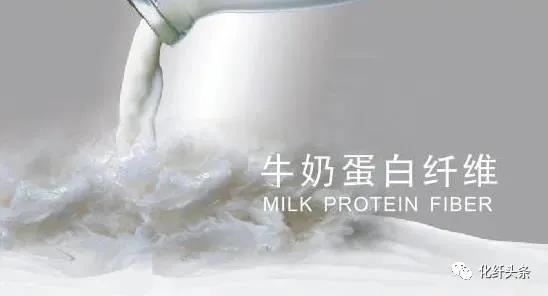
Advantages of milk fiber
1) Softness and skin-friendliness equal to or better than cashmere.
2) Breathability, good moisture conductivity and coolness.
3) warmth close to cashmere, good warmth
4) The abrasion resistance, anti-pilling, coloring and strength of milk fleece are better than cashmere.
5) As milk protein contains amino acids, the skin will not reject this fabric, quite the same as a layer of human skin, and the skin has a conservation effect.
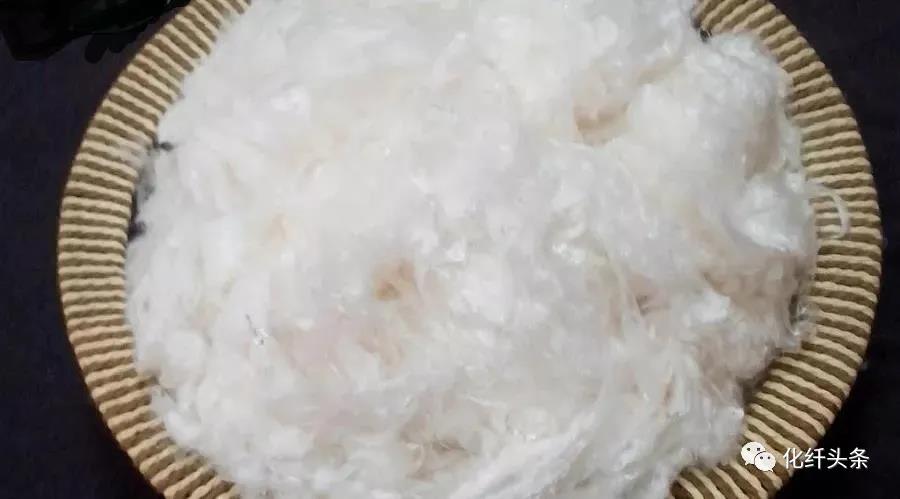
Fabric advantages.
1) More comfortable - excellent moisture conductivity and breathability.
2) Materials extracted from milk and combined with high technology, its unique features and other fiber blends, not only to retain the original fiber characteristics, but also to enhance the function and quality of the fabric.
3) Healthier and greener - weak acidity, good affinity with skin.
(4) more color - after many washings can still keep the feel, color and surface unchanged and the affinity of the dye makes the color especially bright and vivid.
Milk fiber-performance
Physical and chemical properties
Both different from cotton, hemp, silk, wool and other natural fibers, and nylon, polyacrylic fiber, polyester and polypropylene and other chemical fibers are not the same, so its performance between natural fibers and synthetic fibers. Its physical and chemical indicators test values are as follows: dry breaking strength ≥ 2.5cn / dtex; dry breaking strength coefficient of variation ≤ 14%; dry breaking elongation 16.0% ~ 25.0%; dry breaking elongation coefficient of variation ≤ 12%; linear density deviation rate ± 4.0%; linear density coefficient of variation ≤ 3.5%; color uniformity (gray card) ≥ 3 ~ 4; moisture recovery rate of 4% ~ 6%; fiber inhibition rate ≥ 80%.
Green environmental characteristics
Do not use formaldehyde azo additives or raw materials, fiber formaldehyde content is zero; rich in 18 kinds of amino acids beneficial to human body, can promote human cell metabolism, prevent skin aging, itching, skin nutrition; with natural moisturizing factor, so it can maintain the skin moisture content, so that the skin is soft and complete smooth, reduce wrinkles, with a broad-spectrum anti-bacterial function, strong persistence, natural anti-bacterial function of more than 99%, anti-bacterial rate of 80% or more.
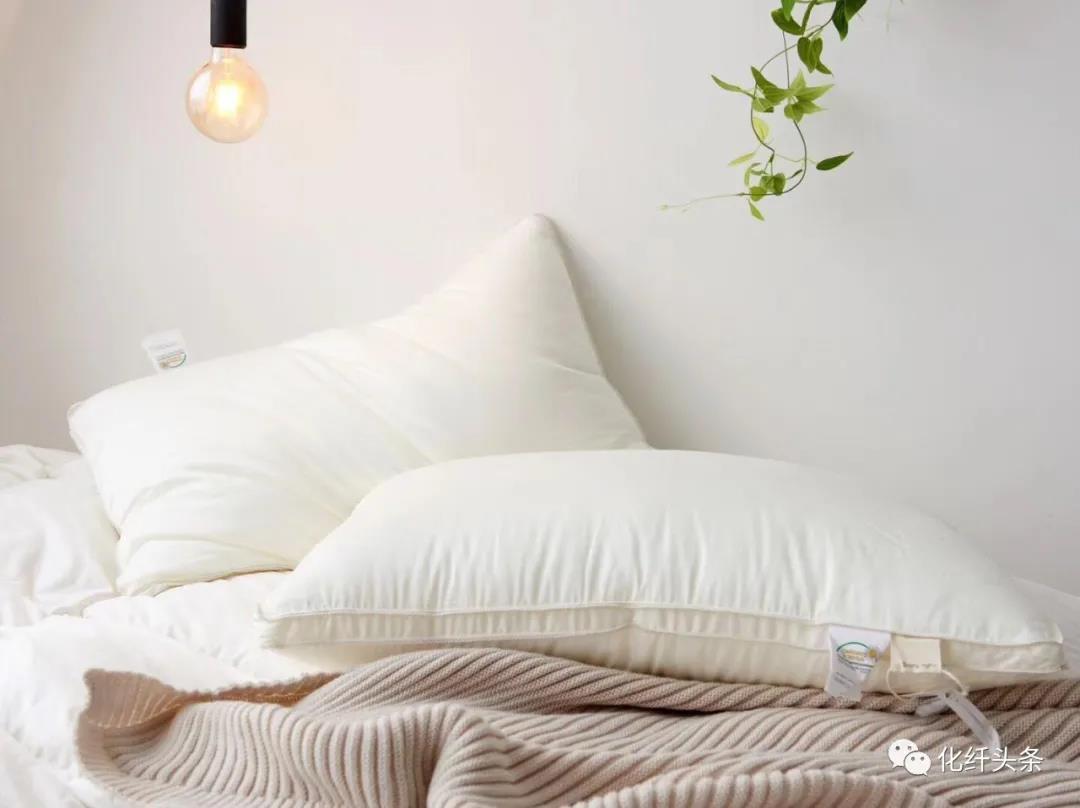
Fiber comfort
With cashmere-like feel, its monofilament slenderness, light specific gravity, elongation at break, curl elasticity, curl recovery rate close to cashmere and wool, fiber puffy and soft, feel like cashmere soft, comfortable, smooth and glutinous; fiber white, with silk-like natural finish, elegant appearance, sun fastness, anti-sweat fastness up to 4~3 grade.
Moisture absorption and moisture conductivity
Milk protein fiber is irregularly round in cross-section, full of gaps in cross-section, with many grooves in the longitudinal direction, protein molecules are distributed on the surface of the fiber, containing natural protein moisturizing factor and a large number of hydrophilic groups, which can quickly draw human sweat and quickly import it into the air through the grooves, so that human skin is always dry and cool, and the anti-pilling and pilling properties reach grade 3~4.
Heat absorption and heat release
The microporous structure of the fiber station body and the groove structure of the longitudinal surface make the fiber warm in winter and cool in summer: in summer, when it is made into thin silk fabric, it can quickly absorb the moisture and sweat emitted from the skin and quickly diffuse into the air to keep the skin dry and breathable; in winter, when it is made into thick fabric, the microporous pores can absorb the heat emitted from the body and effectively block the air circulation to prevent the invasion of cold air and keep the skin light and warm.
Other characteristics
Coloring under normal temperature and pressure, bright colors, soft and complete luster, high dyeing rate, dyeing fastness in 4 ~ grade, after coloring still maintain the original performance of the product, with excellent safety of taking; with natural antibacterial function, than wool, cashmere anti-mildew and moth, high strength, wearable and washable, easy storage; easy to dry after washing, cleaning can still keep the product permanent performance, etc.
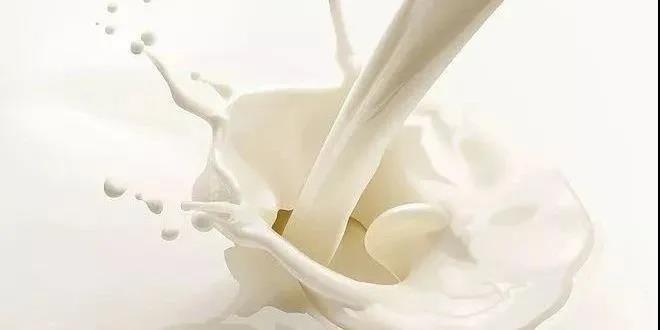
Milk fiber - testing methods
(1) burning method near the flame: molten and curled; contact flame: curled, melted, burning; away from the flame: burning, sometimes self-extinguishing; smell when burning: hair burning smell; residue characteristics: black-like, basically brittle, but with a very fine amount of hard lumps. From the above combustion characteristics, extremely similar to silk and other protein fibers.
(2) infrared complete spectrum analysis: from the infrared complete spectrum analysis can understand the milk fiber contains N-H,-CH3,-C≡N,>C=O and other groups, milk fiber is extracted from the milk of amino acids and acrylonitrile grafting, but its infrared spectrum is different from both silk, wool and other natural protein fibers, but also different from polyacrylonitrile fiber.
(3) melting point method: no melting point below 300°C, the same as hemp, cotton and other non-melting fibers.
(4) slicing projection method: the longitudinal and cross-sectional slices of the fiber with a Hastelloy slicer, placed in a 500x projector to view the results: longitudinal with hidden stripes, complete smooth edges; cross-sectional is round, like synthetic fibers.
Milk fiber - home textile applications
The important raw material for the production of milk fiber is milk protein, so it contains seventeen kinds of nutritious amino acids, but also has a natural and lasting antibacterial function, the broad-spectrum antibacterial rate of Staphylococcus aureus, Candida albicans, fungi, mold to more than 80% of home textile products, due to the role of active protein in the fiber, the human body has the effect of nourishing the skin.
Milk protein fiber and other fibers blended with chemical fiber fabric interlaced home textile fabric, fine and light texture, breathable and smooth, fabric finish Ze elegant and noble, colorful.
Milk protein fiber velvet as filler made of milk is gentle and soft, good insulation performance and elastic, with the function of promoting sleep, anti-mite and anti-bacteria, good health, very suitable for people with allergies.
Milk protein fiber home textile products are easy to keep and do not require any special treatment except for cleaning with no strong alkaline detergent. Its excellent function, in daily use can keep bright as new, and easy to take care of.
Contact: Jeanne yang(MISS)
Phone: 13912652341
E-mail: [email protected]
Add: Room A2216/A2217,Double-Star Building,No 567 New South Middle Road, KunShan City JiangSu Province ,China.